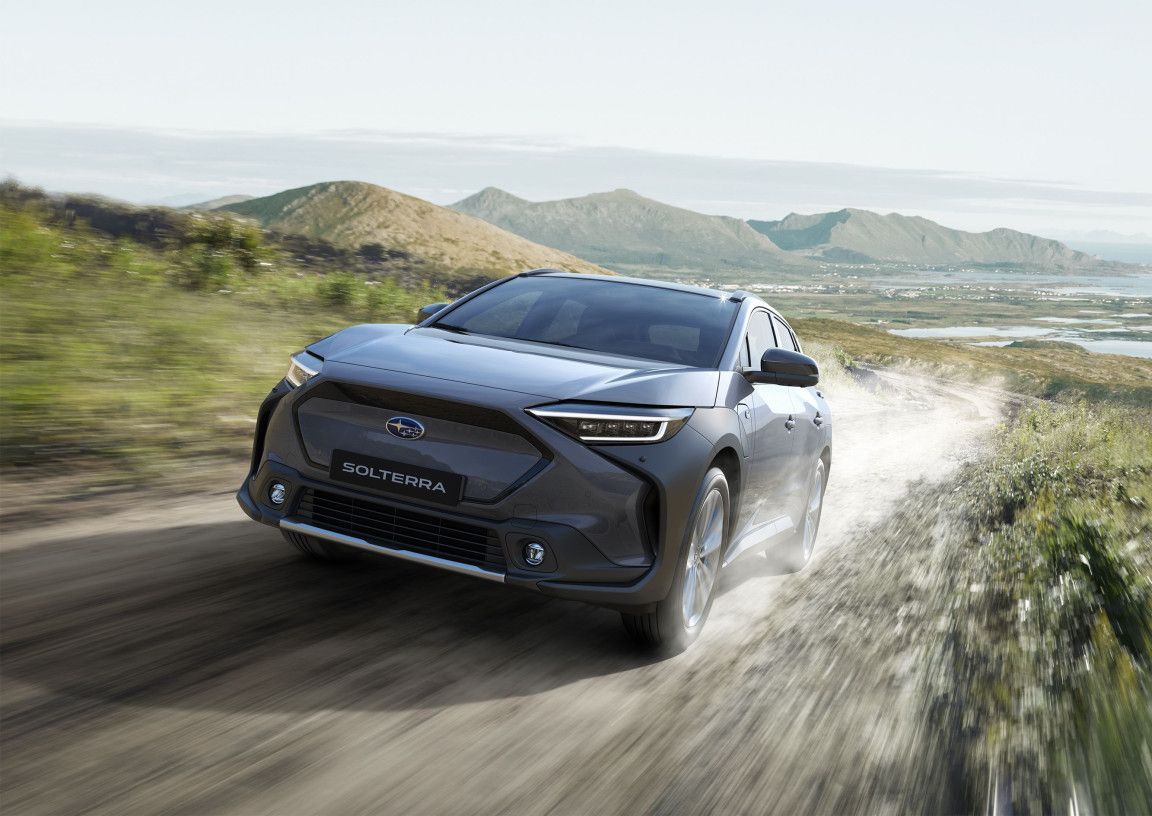END OF LIFE VEHICLES (ELV)
Subaru End of Life Vehicles (ELVs) in Republic of Ireland
From January 2007 the new ELV law will be come into effect. For all vehicles, independent of their registration date, their take back is free of charge for the owner.*
Subaru offers you the opportunity to give your old vehicle back to one of the partners of our ELV take-back network.
All of our dismantling facilities fulfil all legal requirements and have been certified by independent experts according to the ELV law. Each of these facilities, all processes, and the documentation of all incoming and outgoing material streams will be checked by our recycling experts. The fulfilment of the strong Subaru requirements can be ensured through all of these companies.
After the handover of your old vehicle the dismantler will issue a Certificate of Destruction (CoD) which you will need for final de-registration. Subsequently the dismantler will take care of the environmentally friendly recycling and disposal of your vehicle.
The main prerequisites are:
- Only for vehicles with up to 9 seats or Light Commercial Vans up to 3.5t
- Essential parts or components are not missing
- Vehicle doesn’t contain any non-automotive waste
- The original vehicle papers have been handed over together with the vehicle
Subaru Ireland is a member of ELVES, the compliance scheme for end-of-life vehicles. ELVES, on behalf of its members promotes a Network of permitted ATF’s ( Authorised Treatment Facilities ) that can take back your old car.
If your vehicle is complete and free of rubbish, you can drop it off for free. There may be a small charge for collection. You can find a permitted ATF that is part of our Network near you at the ELVES website www.elves.ie
ELV Directive
Subaru believes that it is critical to take a pro-active role to reduce the environmental impact at every stage in the life cycle of their vehicles, development, production, use and final disposal. More efficient utilisation of resources and re-using scrap material (or using them as an energy resource) has reduced the impact on the environment due to the depletion of natural resources and the reduction in the potential pollution related to landfill.
Re-cycling is a key issue in product design in that design now takes re-cycling into consideration by using alternative materials and build techniques. One of the most positive contributions to the reduction of the overall environmental impact is automotive recycling. In Europe, automotive re-cycling is governed by the End of Vehicle Life (ELV) Directive.
What is the ELV Directive?
The ELV Directive seeks to prevent or limit waste and improve the re-use, re-cycling and recovery of ELVs and their components. In its broadest interpretation the Directive aims to ensure that vehicles that have reached the end of their useful life can be disposed of with the minimum environmental impact.
The ELV Directive has now been transposed into Irish law and requires all manufacturers and importers to:
- Take back qualifying vehicles they have put on the market at the end of their useful life ensuring that they are disposed of in an environmentally responsible manner.
- Ban the use of hazardous materials (for new cars from 3rd November 2003 excluding some parts where it is essential for use) such as Lead, Mercury, Cadmium and Hexavalent Chromium.
- To meet the re-cycling and recovery targets of 85 percent by weight in 2006 (including a maximum of 5% energy recovery) and from 2015 a re-cycling and recovery target of 95% (including a maximum of 10% energy) recovery is proposed.
The de-pollution process:
When a vehicle has reached the end of its useful life and is presented at one of our contracted sites it will be de-polluted as follows.
- The draining of all fluids and gases
- The removal of the battery, wheels and tyres
- The neutralisation (activation) of the air bags
- NB: Any saleable parts will be removed and sold.
The vehicle will then be crushed and then transferred to a site where it will be shredded into tiny pieces. Separation techniques are used to recover metallics, for re-cycling new ferrous and non-ferrous metals.
The remaining material known as shredder residue can be further treated and sorted for the recovery of glass and other materials, which are then used in an increasing number of applications such as an aggregate for road building.
Dismantling information:
To facilitate the process of de-pollution and dismantling, Subaru has (since January 1999) collaborated with other carmakers to develop an information database called the International Dismantling Information System (IDIS).
IDIS contains data on the material composition of vehicle components, on the draining of fluids, the handling of pyrotechnic components and details of any special tools needed. IDIS information is updated three times per year and is now web based. For further information please visit ww.idis2.com

